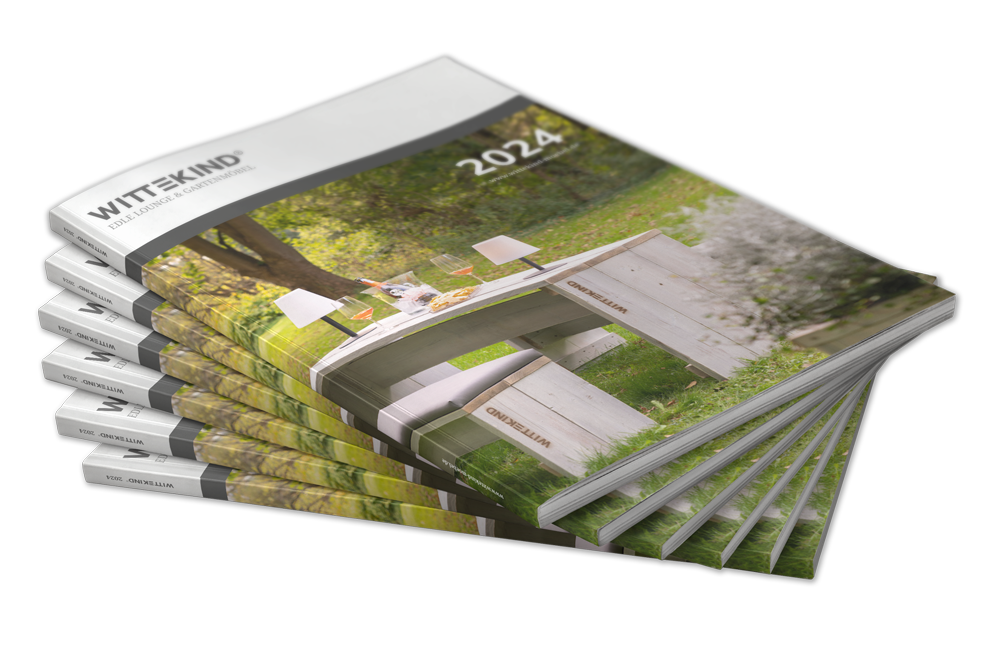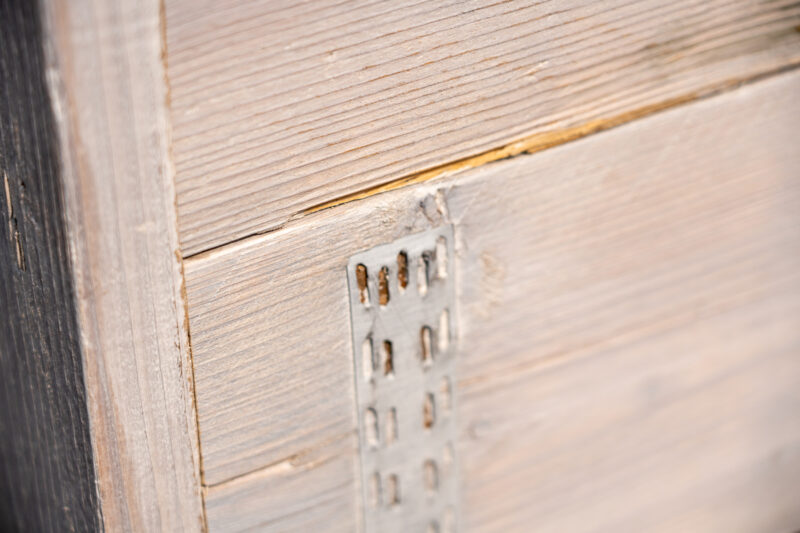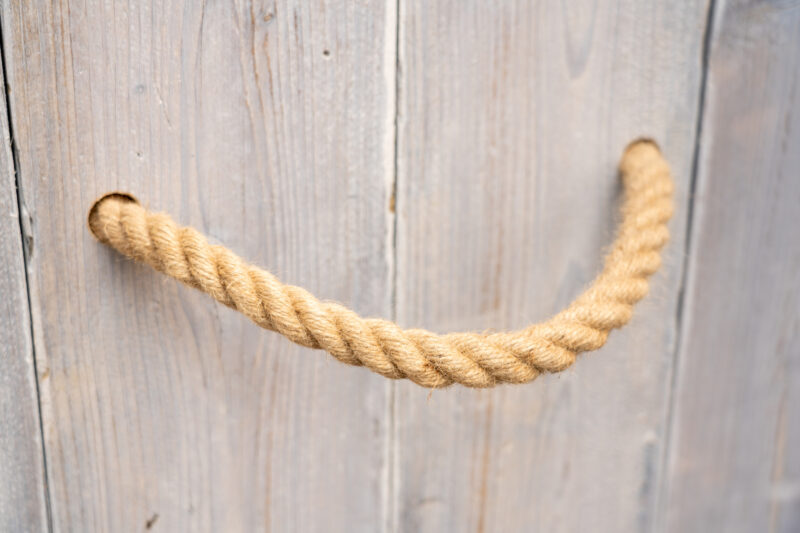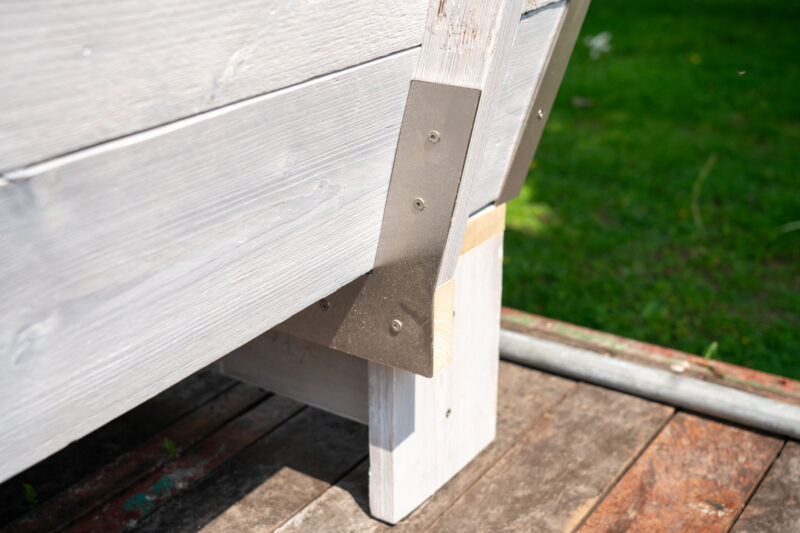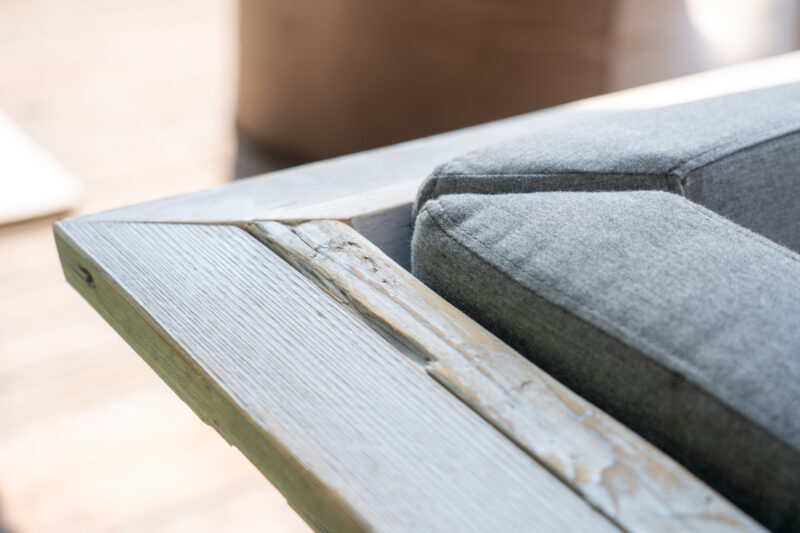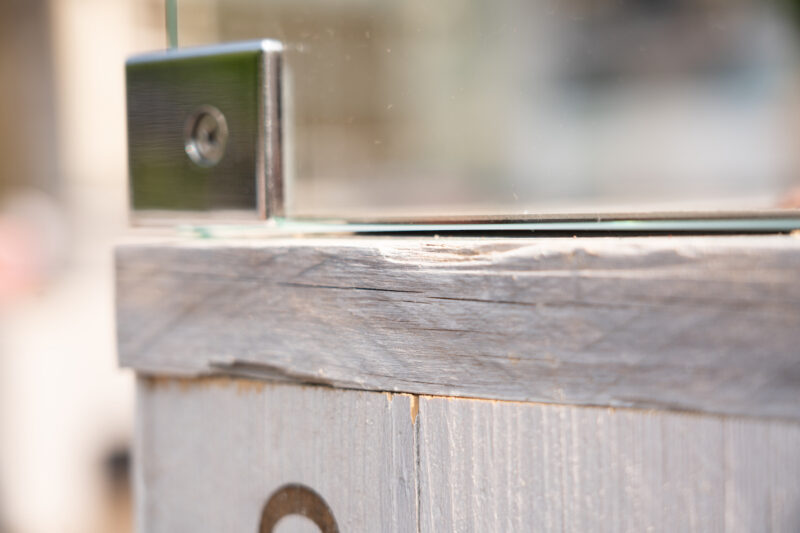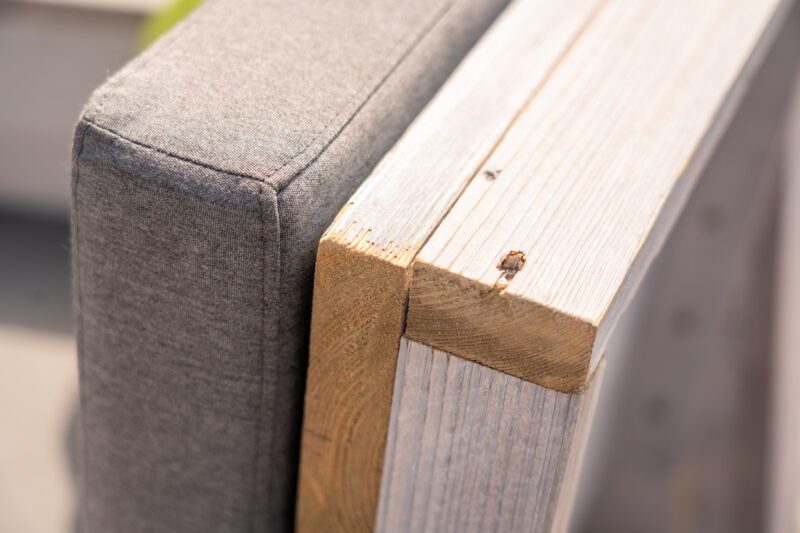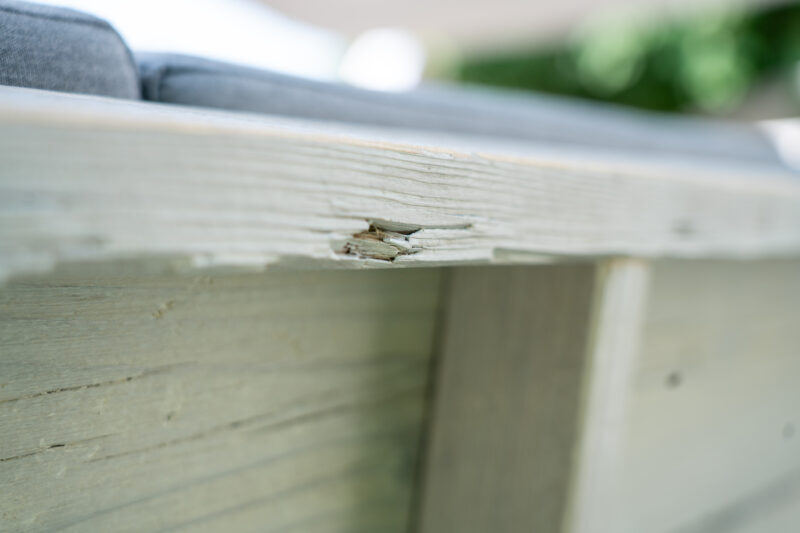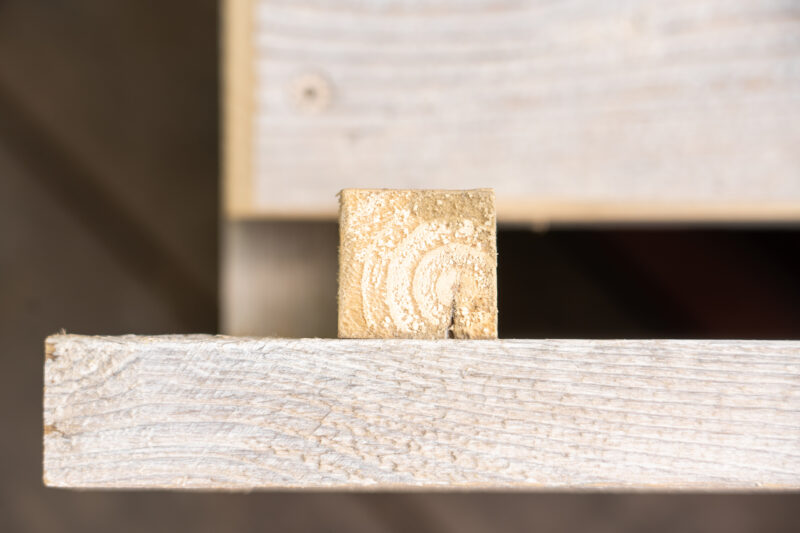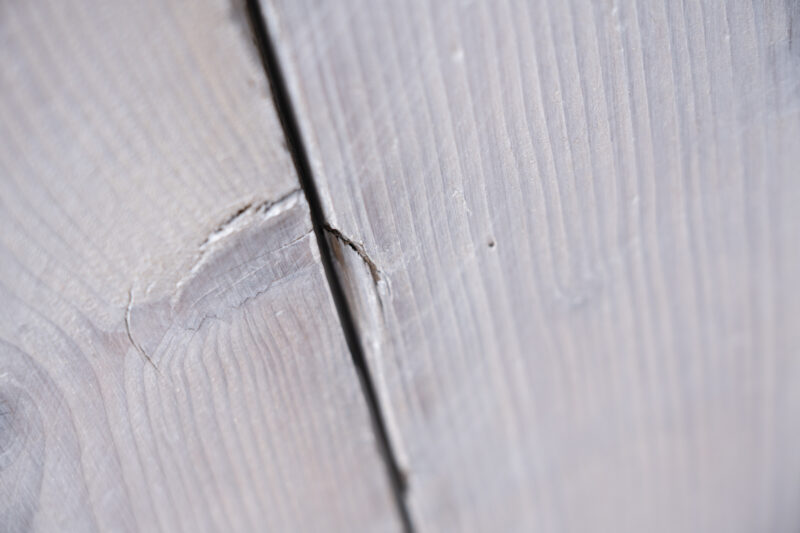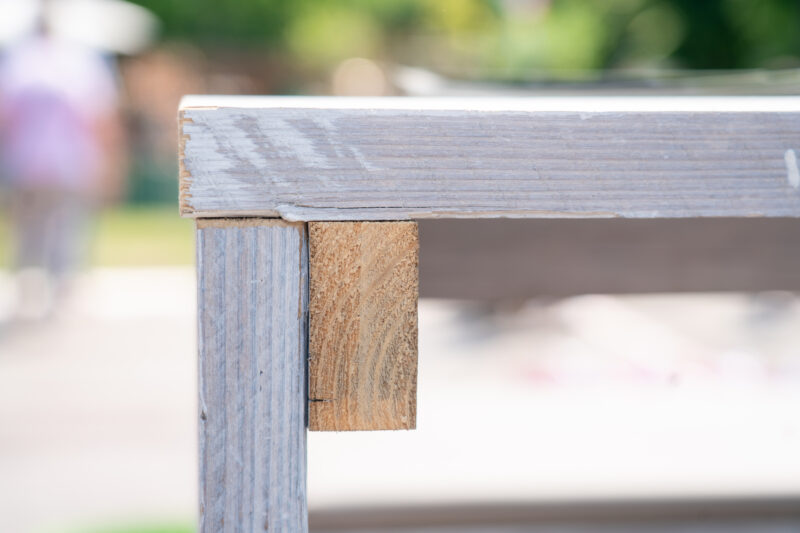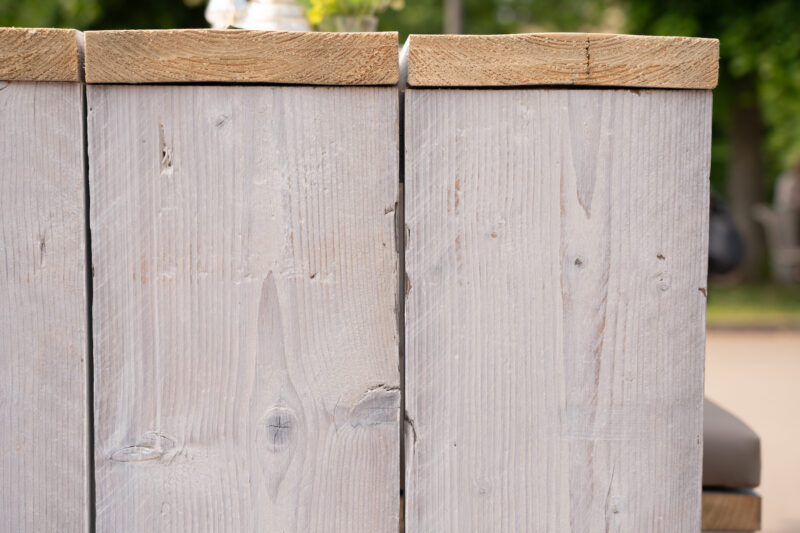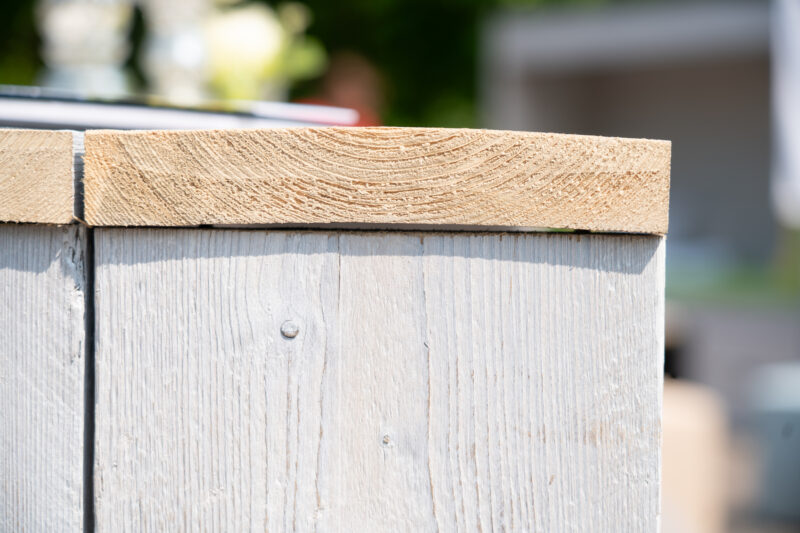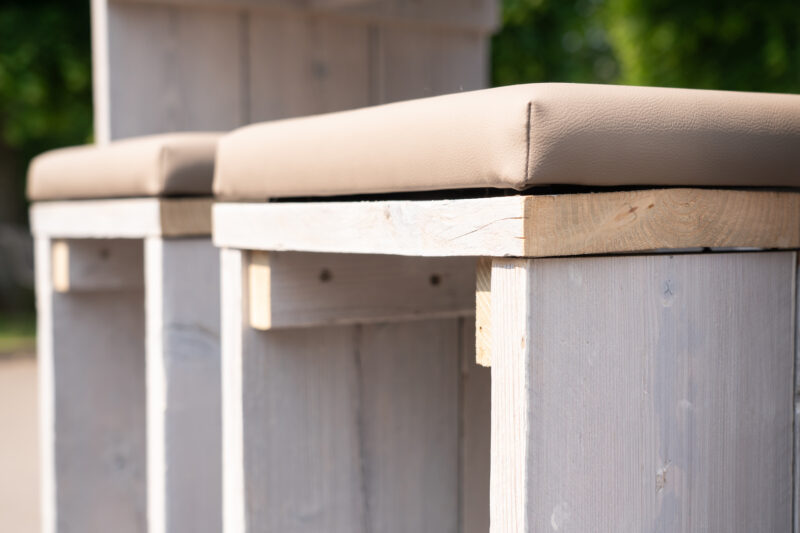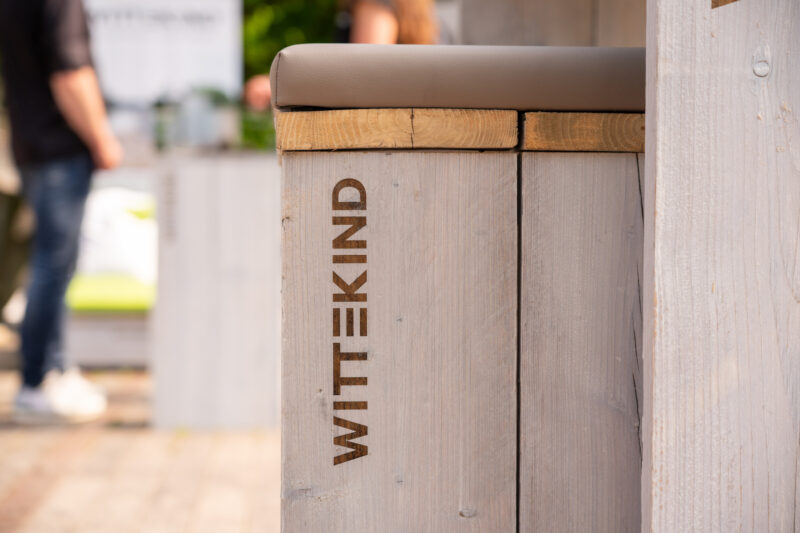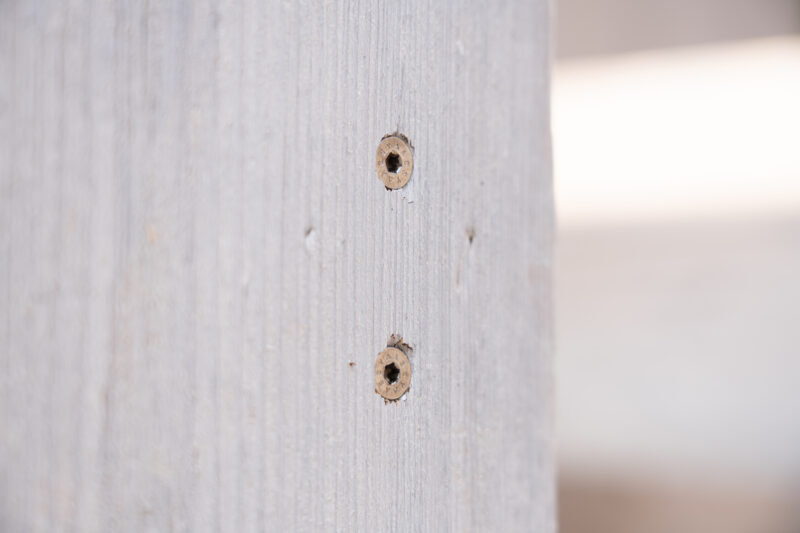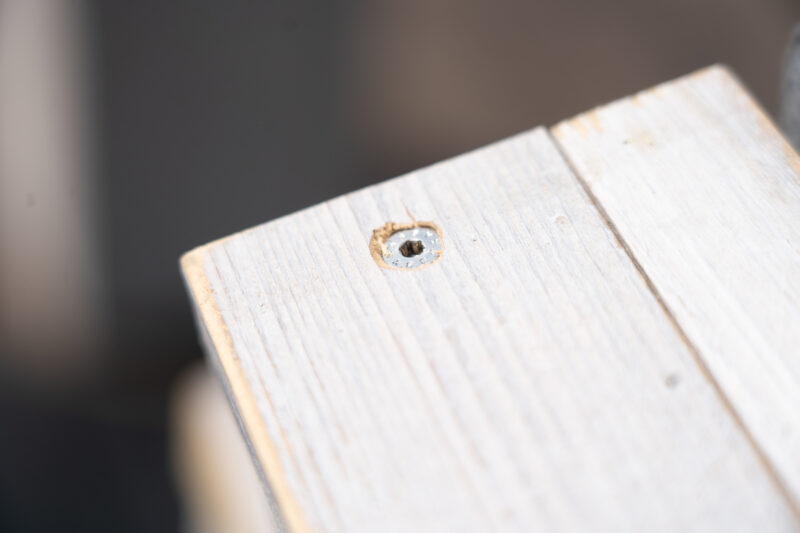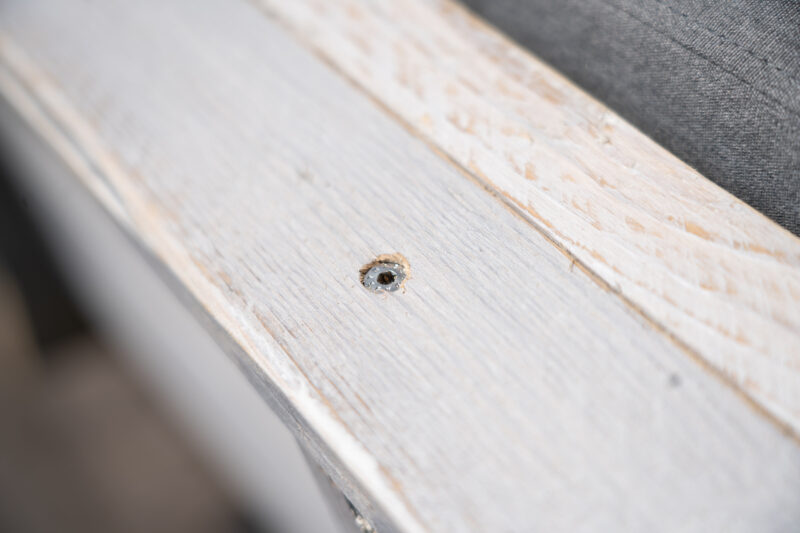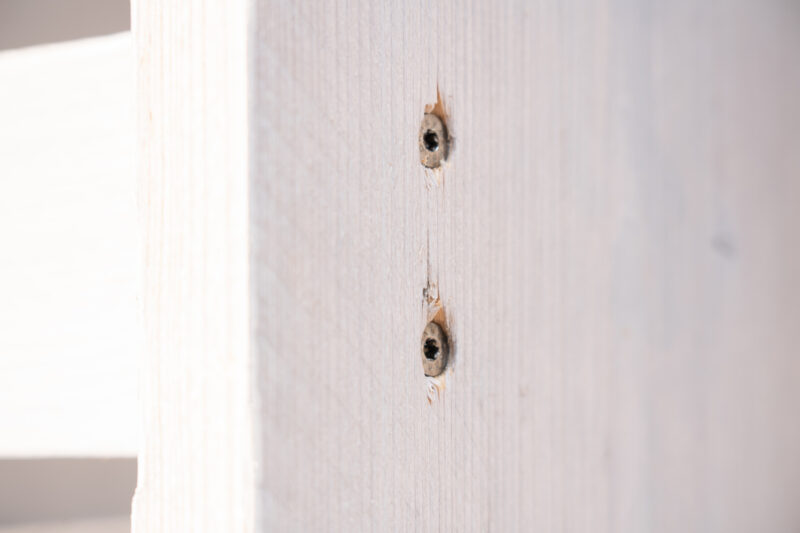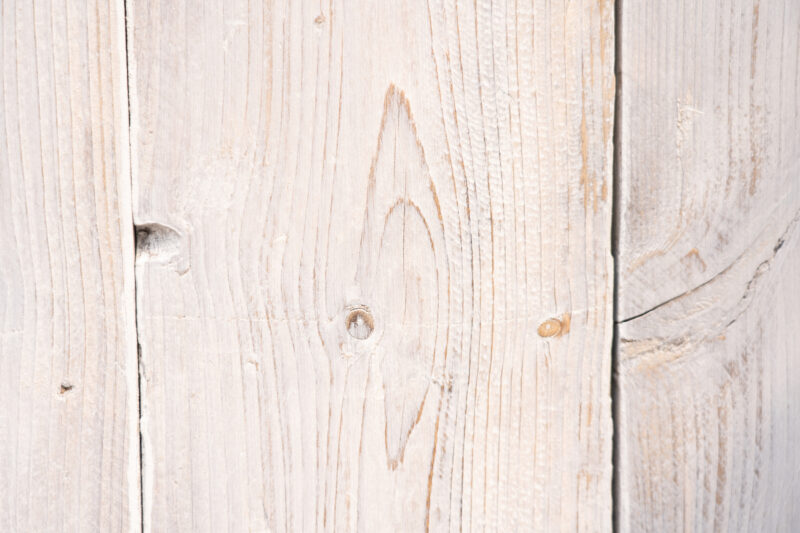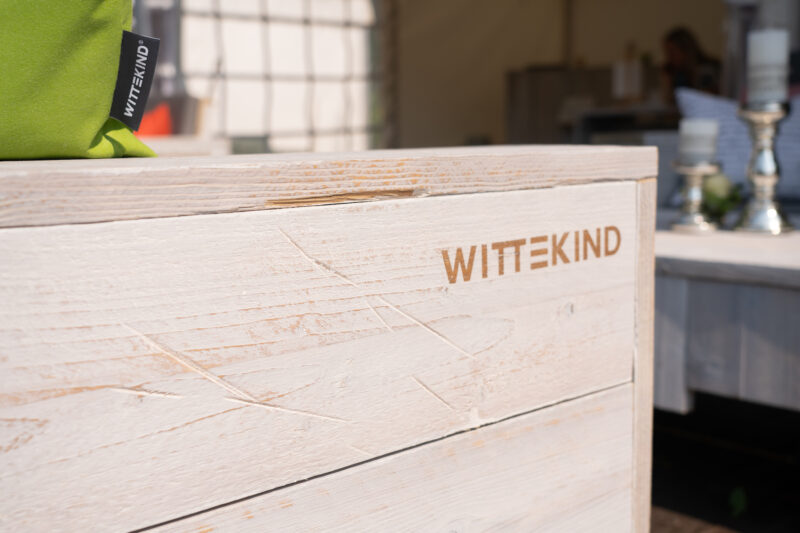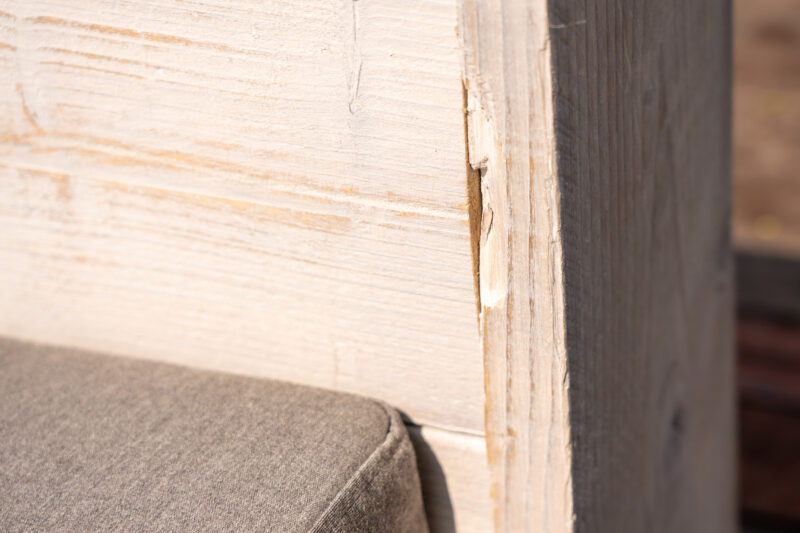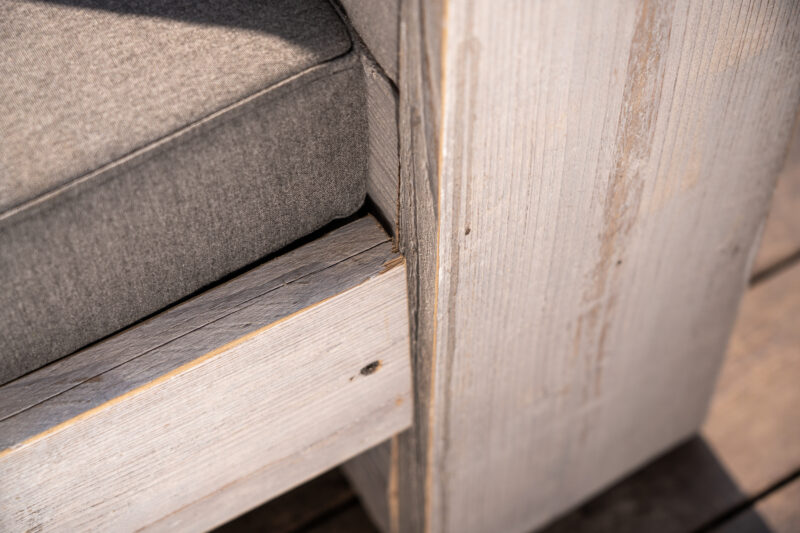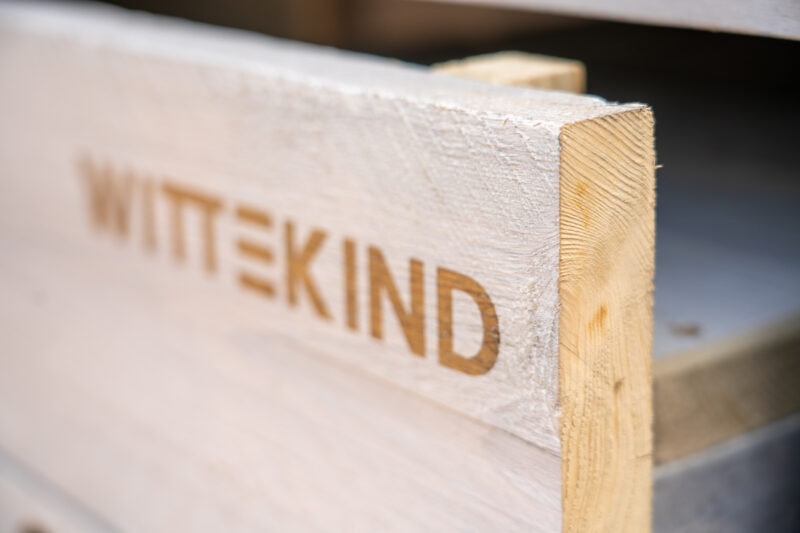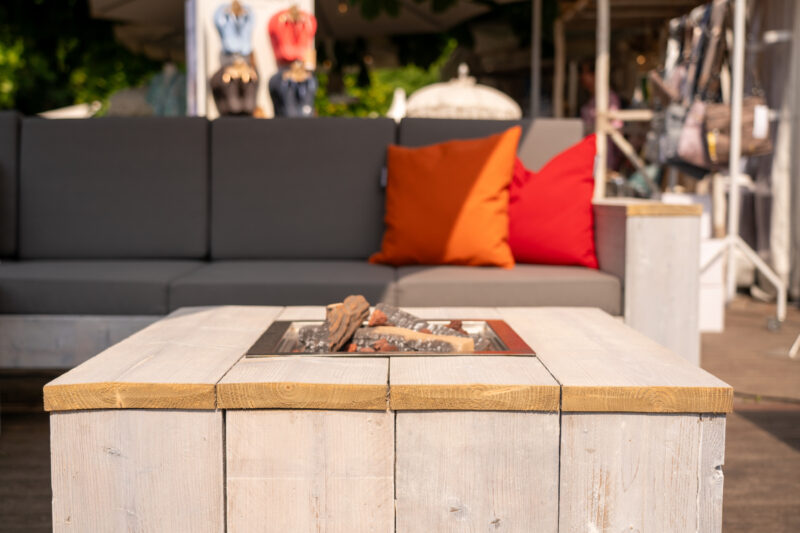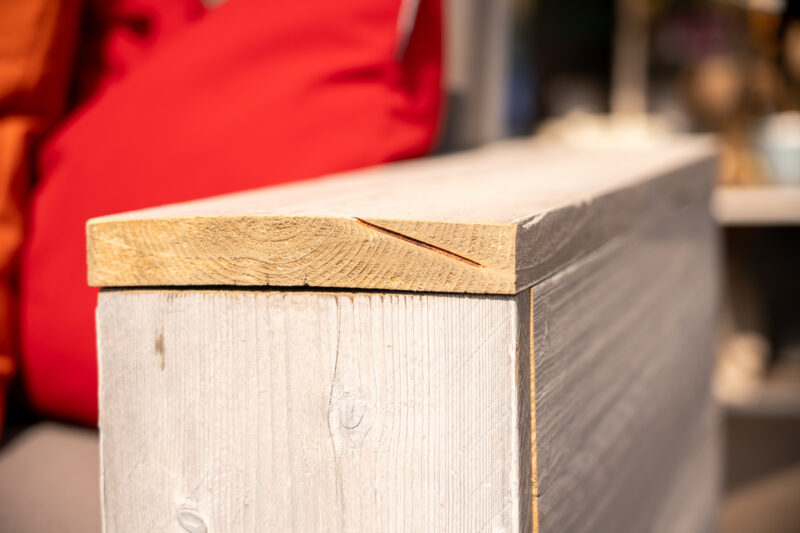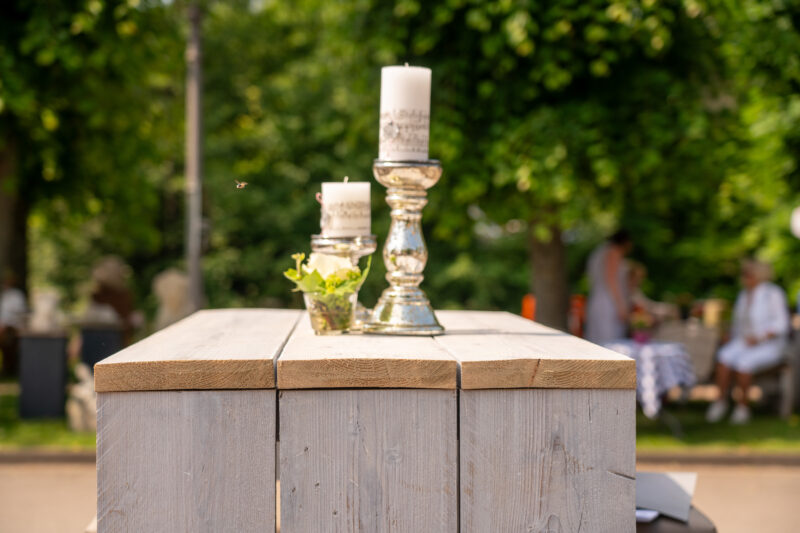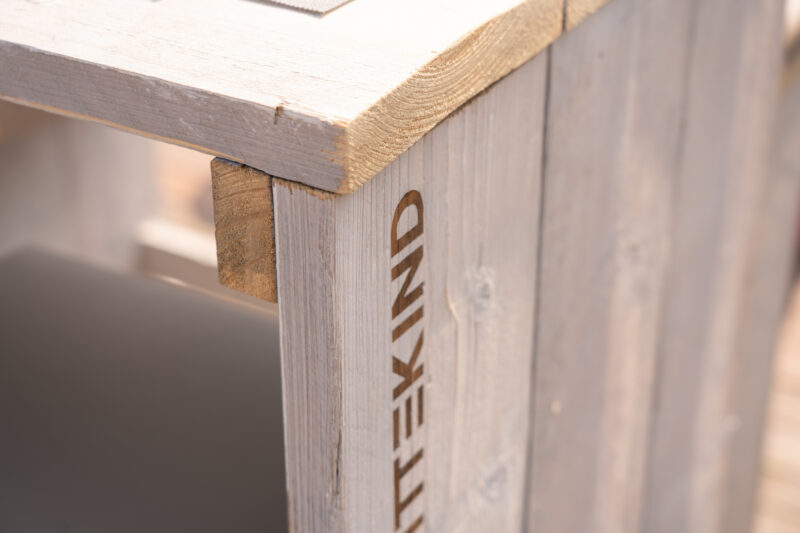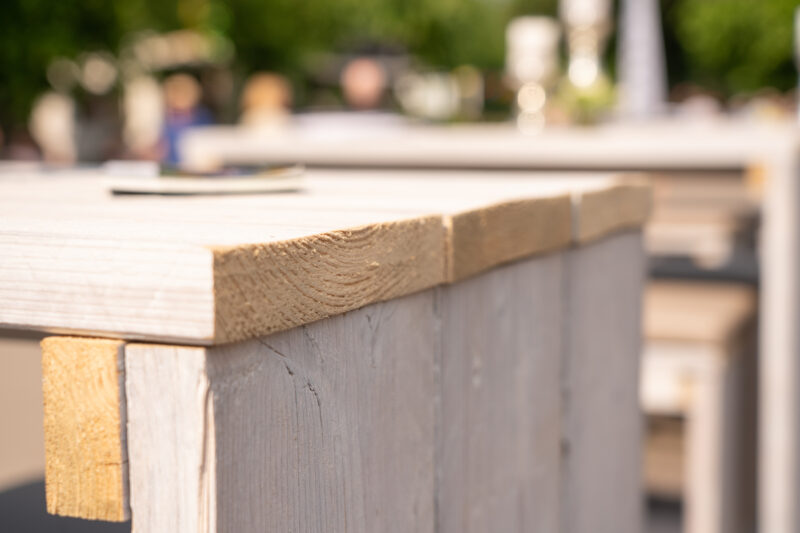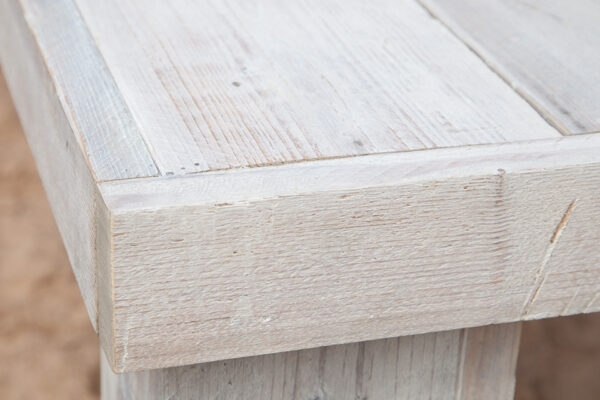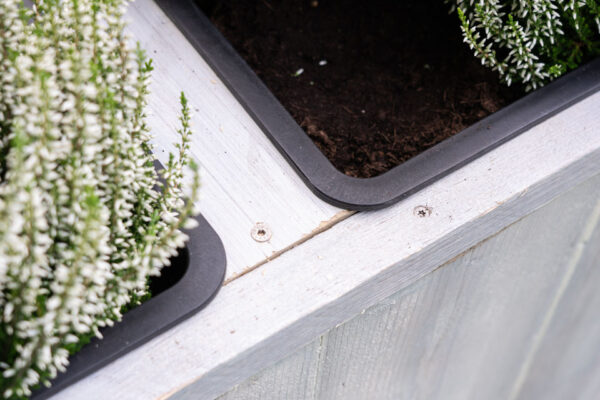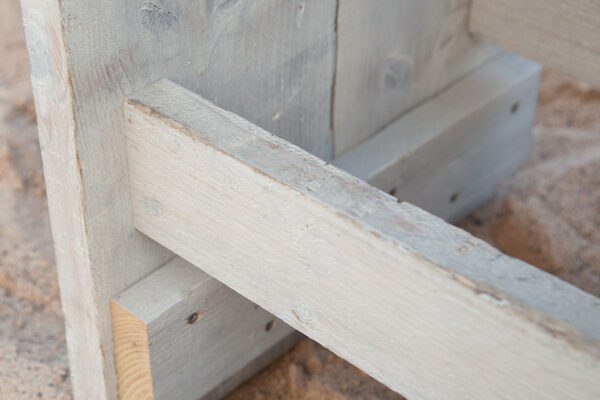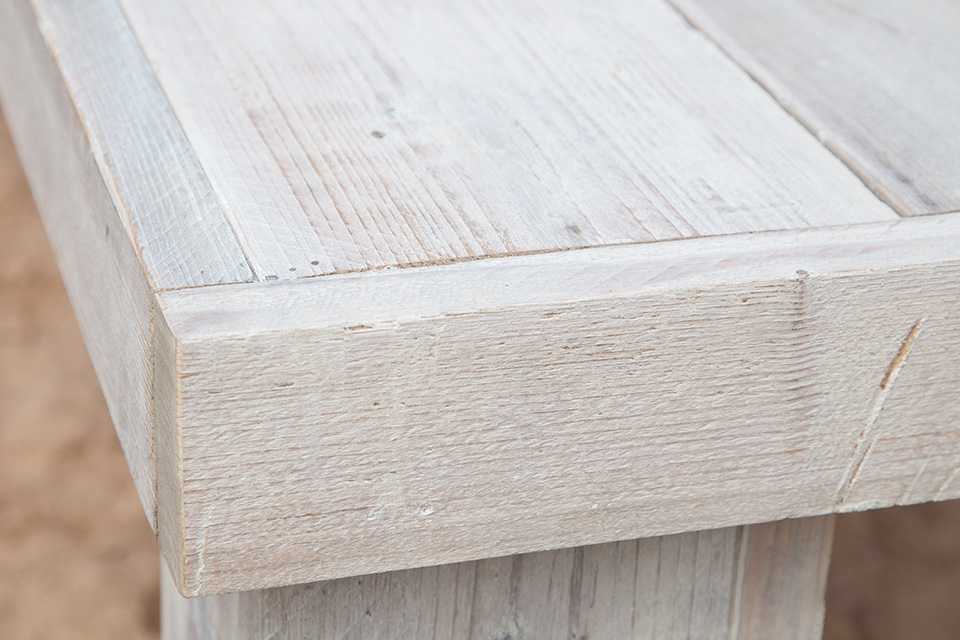
Wooden garden furniture with a special history
The mix of rustic wooden furniture and colorful upholstery fabrics transforms your garden into a small outdoor paradise. The wood has many stories to tell from times gone by. With a glass of wine in your hand or a cappuccino in the afternoon sun, you can relax and listen to them.
Used wood?
Many people ask us where the spruce planks on which they lay their arms have ever been used. What purpose might the wood have had in the past? What experiences in tough outdoor use has the wood had, which bears witness to its use with paint stains, quirks, edges, cracks and other marks?
We're sure you'll understand that we keep this secret well - after all, the rustic surface is what gives WITTEKIND furniture its special charm.
Wooden furniture with a unique character
The history of each piece of furniture makes it unique. The wood has withstood years of wind and weather. This gives the wood its own patina, which protects it from the effects of the weather.
We want to keep the traces of our wood's history alive. That is why we only sand the surfaces very lightly for a more pleasant feel. Natural cracks or traces of days gone by are not removed from the wood. Instead, we prefer to accept that the surface is sometimes not completely smooth in these areas.
We also coat the boards with wax oil, which emphasizes the rustic-elegant character and seals the wood once again. We also treat the visible end edges with a water blocker based on nano technology and a stain for the look.
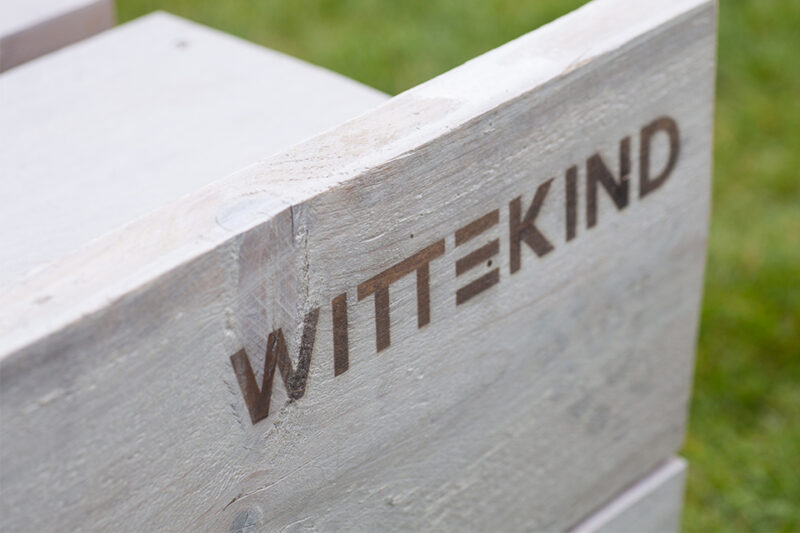
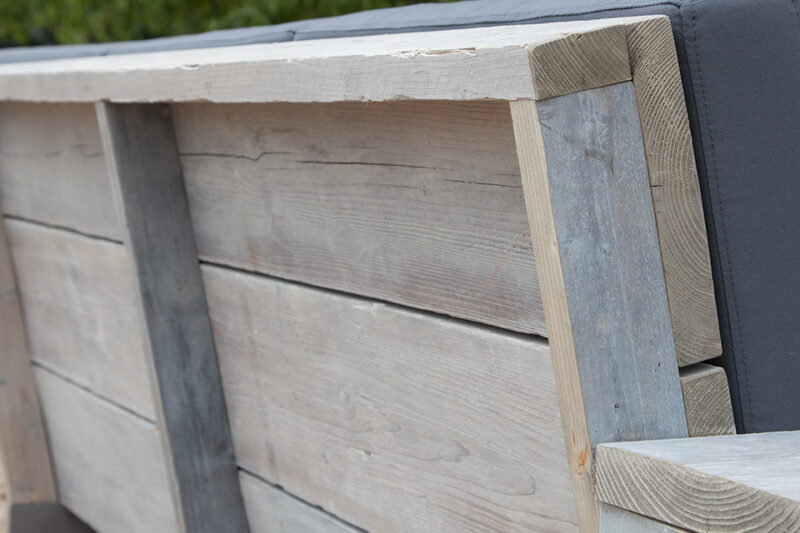
This is spruce wood
On our product pages, in our brochures and flyers and also here on the website, we repeatedly state that our products are made from used, weathered spruce wood. Although the origin of the wooden planks used for our tables, sofas and benches remains our well-kept secret, today we would like to give you a little more information about spruce wood as a raw material.
The spruce tree
- The spruce tree (botanically: Picea) belongs to the pine family and is an evergreen conifer. Spruces are divided into over 35 species, which generally grow worldwide as medium-sized and large trees. They grow to heights of between 20 and 70 meters and, depending on the species, the trees can live up to 600 years. Although there are a few species that grow slowly, spruces are generally fast-growing tree species.
- Spruce forests are typical in cold climate zones, as the trees are extremely hardy - a spruce tree more or less stops photosynthesizing in frost.
- When a spruce tree is 20 to 40 years old, it flowers for the first time. During the flowering period (April to June), the male flowers can even cover entire areas with their pollen. Every spruce tree has both male and female flowering organs, and reproduction takes place through so-called wind pollination.
The German forest
- In Europe, only the so-called common spruce - also known as red spruce - is native and colonizes around 26 percent of the forest area in Germany. This makes the spruce the most common conifer and the most common tree species in German forests, even ahead of the copper beech and the oak.
- It is therefore not surprising that spruce trees are of great ecological importance. These trees provide a suitable habitat for many small animals, such as owls, jays and woodpeckers, as well as a rich source of food. In addition, a large number of caterpillars of various butterflies feed on the spruce needles.
- Spruce trees are also very important for other forest flora. For example, the bearded lichen, which is on the Red List of endangered plants, prefers to grow on spruce branches and trunks.
Unique charm of the WITTEKIND collection
Despite the existing patina and the additional treatment of the wood, the appearance of the outdoor furniture changes over the years due to the natural ageing process. This also ensures the unmistakable charm of the WITTEKIND collection.
Do you have any questions about the wood used or the surface of the furniture? We are happy to provide you with further information and look forward to your inquiry!
